Arslanbob
Arslanbob walnut forest
The walnut forests that are know as Arslanbob walnut forest are located near the village of Arslanbob (Arstanbap in Kyrgyz) in the Southern Kyrgyzstan, 700 km drive south from Bishkek, 80 km from Jalalabad and next to the scenic and also sacred Babash Ata mountains. This unique walnut forest is one the oldest and the most significant forests of its kind in the World. Some of its trees are a thousand years old and can reach a height of 30 meters and an unusual 2 meters in diameter. It is estimated that these forests are 50 million years old and that there are no other places in the World with as many walnut trees growing in their natural conditions. Each year they provide 1500 tons of nuts, 5000 tons of apples and other fruits to be harvested by the local people.
Walnuts in the Russian language translate as “Greek nut”. According to the legends, Alexander the Great was passing through Central Asia with his troops on his way to India. While passing through he got poisoned and had a stomach ache and the locals advised to try the Arslanbob walnuts as a cure. Surprisingly, it helped. Impressed by its healing results, Alexander decided to take some walnuts to his home, and that’s how walnuts became known to the world as the “Greek nuts”.
Although tourism has grown lately in Arslanbob forests, the same named small village and others in the reagion even more have still stayed mostly unspoiled. Friendly homestays provide a warm welcome and you can experience the small town hospitality where the Kyrgyz and Uzbek cultures have mixed together. Arslanbob is included in most of our Kyrgyzstan Tours that cover the Southern Kyrgyzstan.
Arslanbob Valley is home for about 20 000 people with 95% of them ethnically Uzbeks, whose livelihoods revolve around the annual harvest with the Arslanbob village clearly larger compared to the other villages. The peculiarity of the Arslanbob town is that the houses are very wide spread in the forests and most of the town is actually inside the forest. The town center is also incredibly tiny for a town of so many people.
The harvest of the walnut season starts in autumn (September – October) when thousands of families get involved in the gathering nuts and fruits. If you really want to really step off the beaten path, hike to the other smaller villages in this large forest area.
Sights of Arslanbob village and the vicinity
At the center of the Arslanbob village, there is a white brick building housing an old 16th-century shrine honoring the founder of the village. The shrine is a little bit hidden away but you can find it behind the Univermag going through a gatehouse (guard house) and a garden. You can often see pilgrims entering the shrine and gathering the blessings of the shrine.
There are also other shrines in the forest but they are mostly in ruins nowadays. They can nevertheless be still interesting places to visit but also hard to find without a guide. The holy rock (Babash Ata) of Arslanbob is a destination that requires more effort as it is situated all the way up to 2900 meters from sea level. It is a large almost cube-shaped rock where the legend tells that the founder of Arslanbob was killed and that his bloodstains and footprints can still be seen by the rock.

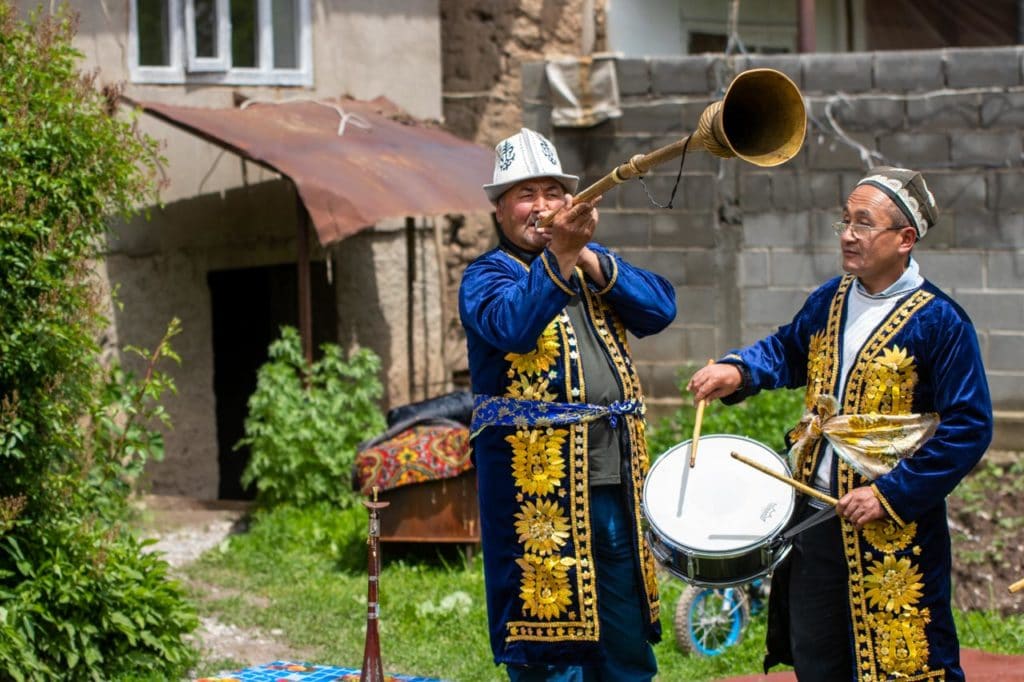
Apart from the forest, the range around Arslanbob is very impressive. The hills of the Ferghana and Chatkal Ranges in this place are formed of dolomite and are very different from other Tien Shan Mountain ranges with their unique appearance. Great white cliffs join the vast green expanses of the Arslanbob Forests. The region is rich in numerous streams and rivers which have for sure been one of the major contributors to the birth of the forests in the area. During Apri-May the mountains are still covered in snow, adding even more to the magnificent view.
For the ones who wish to see still an active Soviet-era holiday camp, you should check the 2 camps built here in the 1970s. They have a decrepit open-air swimming pool, a disco and wooden cabins still pretty much in the original shape. They are also conveniently not far from the way to the Large waterfall if you decide to walk there.
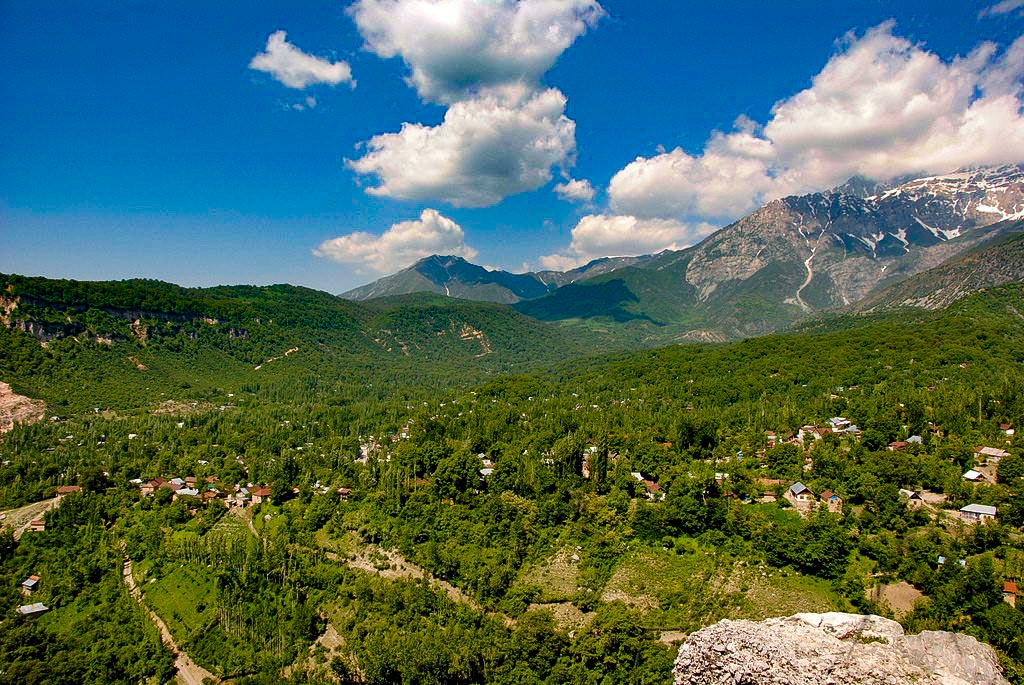

Arslanbob Waterfalls
There are several lakes and waterfalls in Arslanbob and the most famous ones are the very imaginatively named Large (80 m) and Small (35 m) waterfalls. There is also a cave next to the small waterfall named the cave of 40 angels as according to stories a holy woman used to live there. Forty is an important number for the Kyrgyz people and according to the legend there were 40 angels guarding the holy woman.
In addition to walnut forests, there are up to 130 different types of trees and bushes among which there are pistachios, almonds, pears, apples, cherry plums, currant and many others. The economy of the village is mainly dependent on harvesting all the different offerings of the forests in addition to small scale farming and livestock breeding.
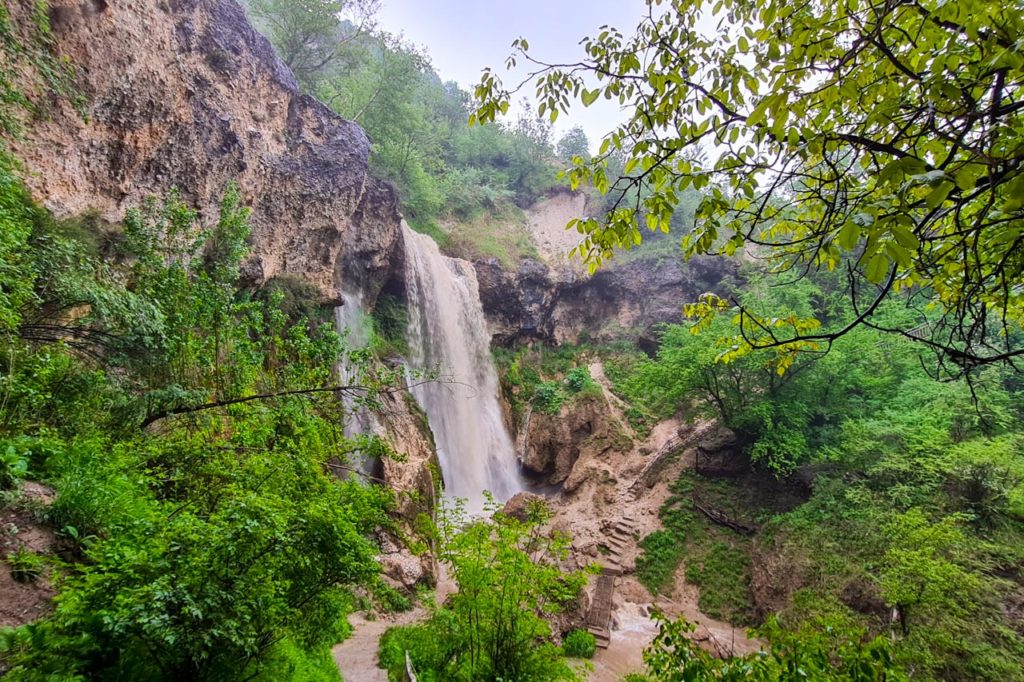

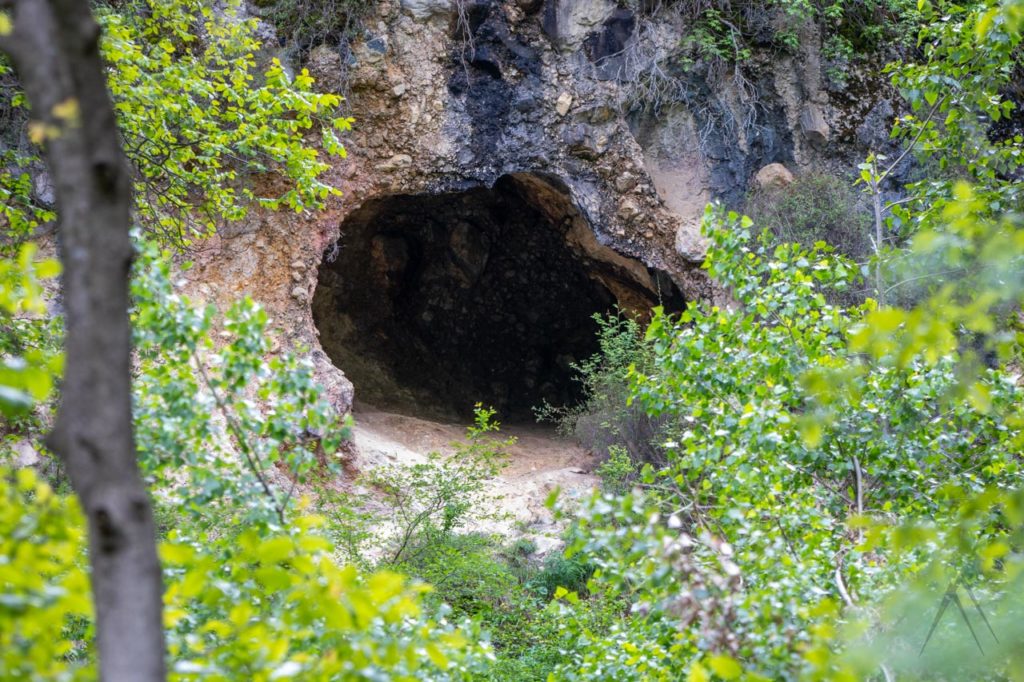
Getting around in Arslanbob forest and visiting the waterfalls
If you are not up to having a hike, you can explore the Arslanbap forest and village area by taxi. The local drivers offer ride service around the forest and can even take you to the large waterfall (except for the climbing part in the end). Do not expect to get a fancy car in Arslanbob. There are mainly old UAZ-469 or similar rugged vehicles available (off-road military light utility vehicles manufactured by UAZ, but they are very well suited for the task on the very bad rocky roads).
Other cars simply cannot drive along for example the road to the large waterfall. Moreover, drivers offer guide services as well. The cost of being escorted to the small waterfall should be cheaper and it is located just on the northeastern side of the village and to the large one more expensive as it is significantly harder to reach and outside the village. However, the locals might mainly speak Kyrgyz, Uzbek and a little bit of Russian. English is a rare find here.
While exploring the area you can get engaged with local people and experience the real living conditions in the area. The locals are often eager to discuss with foreigners even if you do not have a common language. You can also try dried apricots, apples, oatmeal dishes (flour from grains), fresh walnuts and other sweets made by the locals. Check out also the tiny walnut oil factory and try walnut oil-made bread as well.
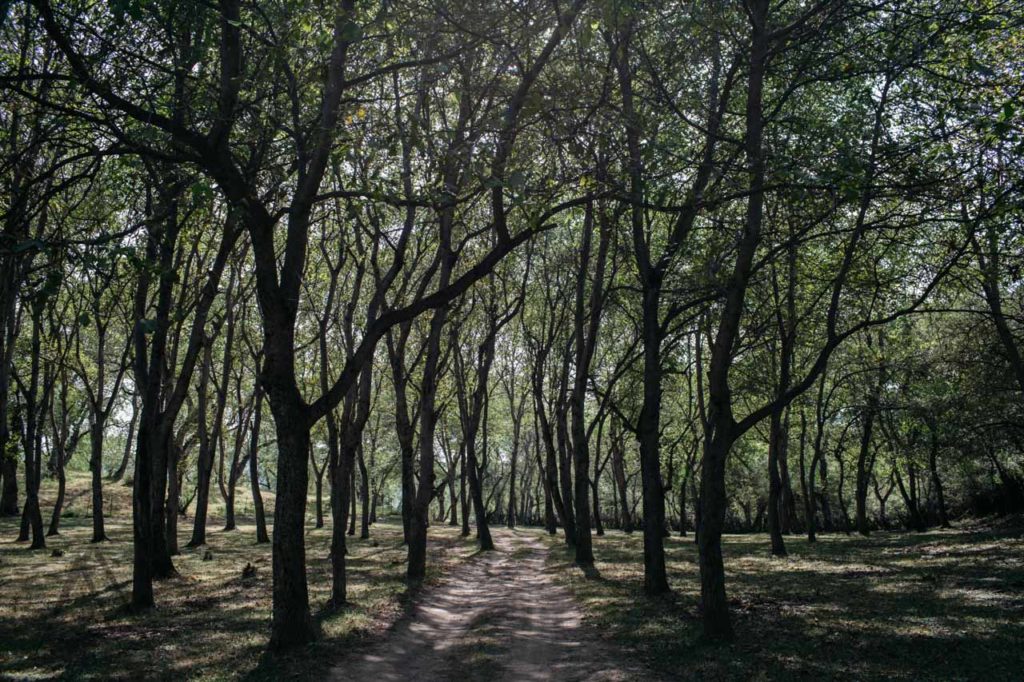
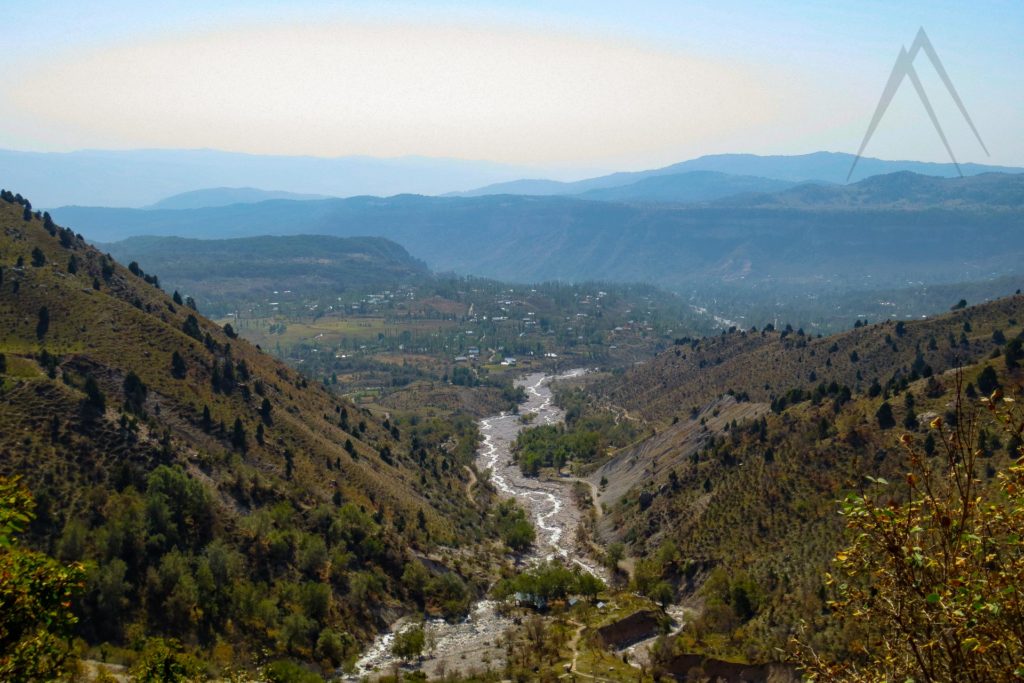
Further hikes in Arslanbob
Arslanbob is also a little known heaven for mountain hikers and here the mountains are also somewhat different from most other parts of Kyrgyzstan. In Arslanbob area mountains are constituted from different minerals and have carstic caves in them. If you want to see beautiful views your choice is a full day hike up to the holy rock of Babash-Ata. Kyzyl Unkur village is a destination for those who wish to wander in the almost endless walnut forests. There are also beautiful waterfalls in the mountains waiting to be explored.
The most popular longer hike from Arslanbob is the 4 day loop of the Holy Lakes. You can also reach the petroglyphs of Saimaluu Tash from Arslanbob in five days and Ortok village in 3 days. In addition to these, there are several other routes to try. If you want to have a guide for your hike, please contact us.
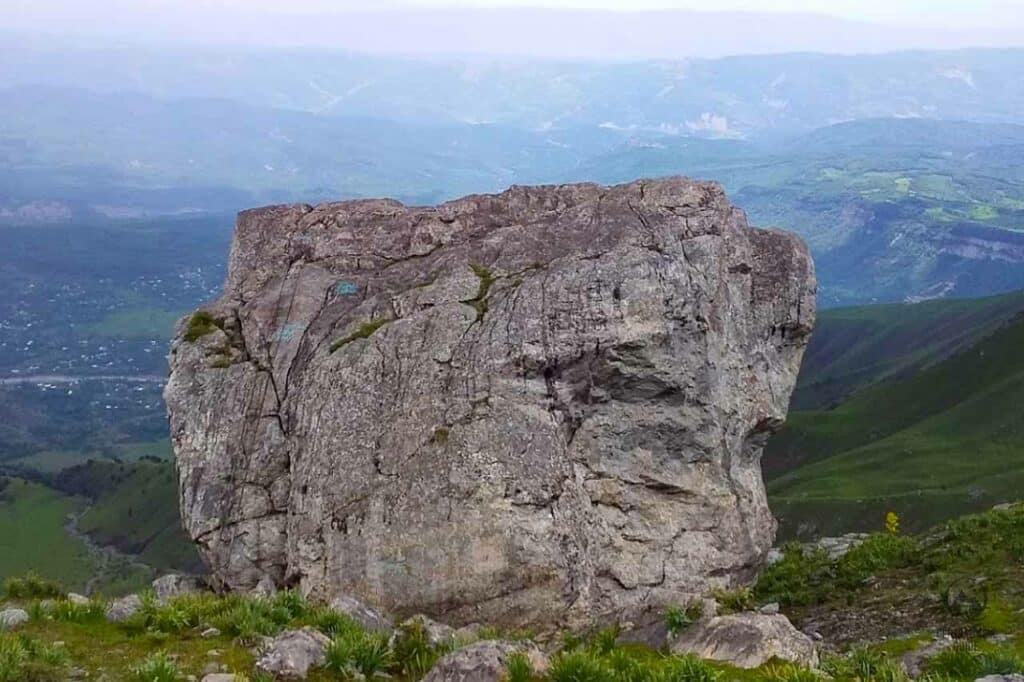
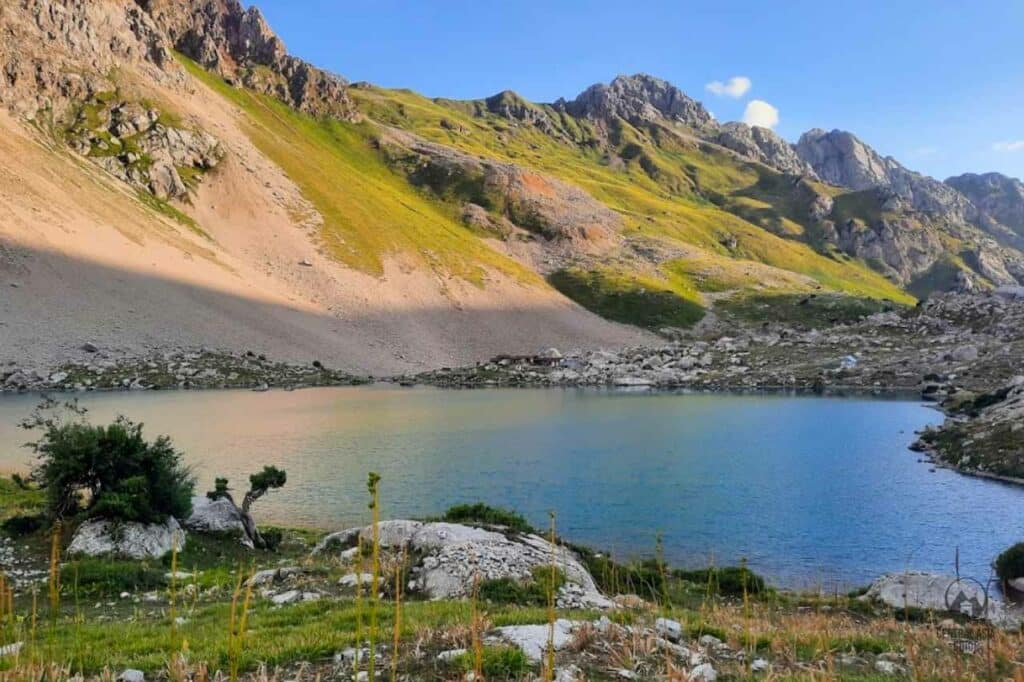
Arslanbob Babash Ata mountains
The Babash Ata Mountains, also known as Khrebet Babash-Ata or Gora Baubashata, are a prominent mountain range visible almost from everywhere in Arslanbob that rise up steeply north from the village all the way up to the height of about 4,3 km.
The Babash Ata range is renowned for its natural beauty, featuring alpine meadows, dramatic cliffs, and cascading waterfalls. The geology of Babash Ata mountains is different from most other mountains in Kyrgyzstan and the rock is more light in color alike to the European Alps.
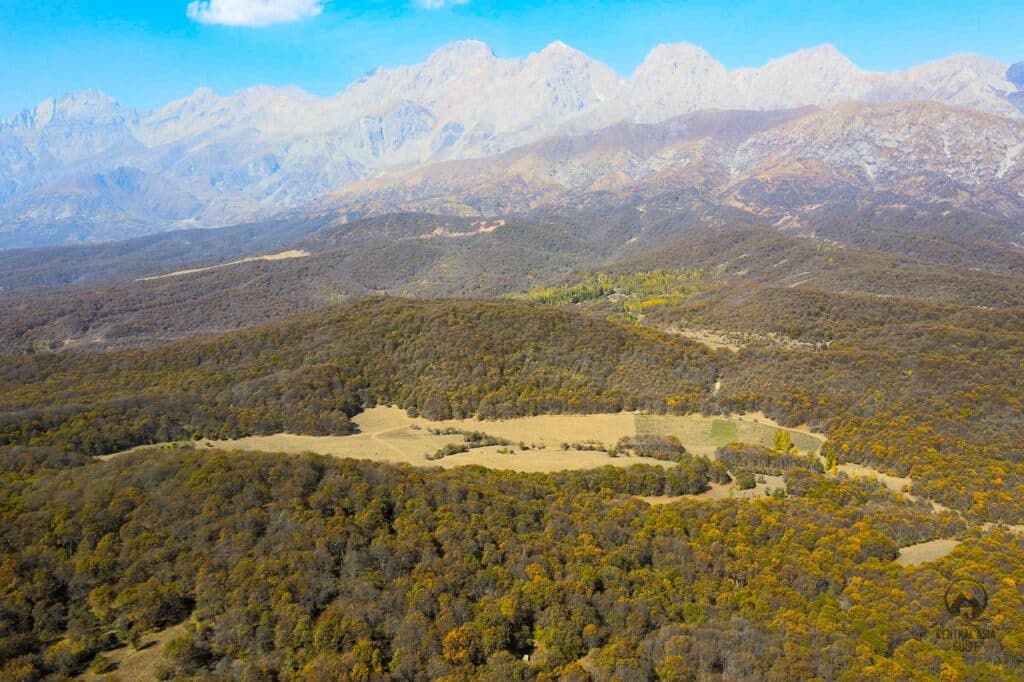
Tours including Arslanbob
Travel to Arslanbob
From Osh there are regular marshrutkas and taxi services leaving from the new central bus station till Bazar-Korgon. Bazar-Korgon city is located on the main Bishkek-Osh highway and from there you can take another marshrutka to Arslanbob village for about 50 km. Another option is to take a direct shared taxi for or a private taxi from Osh. From Jalal-Abad, you may take a marshrutka from the bus station straight to Arslanbob for 79 km.
The most special time to visit the Arslanbob is at the latter part of September when the leaves start to have their autumn colors and the walnut harvest is taking place. The whole village wakes up and has a kind of upbeat feeling to it. Arslanbob is located only 70 km from the Uzbekistan border meaning it can be easily visited from the Uzbek Ferghana valley but only through Osh as the other borders in the area are only bilateral.
The best times to visit Arslanbob differ according to your preferences. For Walnut and fruit season mid September to mid October are the best. For the village feeling and green nature, April-May are the best months. All the summer time (April – October) is good time to visit for hiking and horseback riding and December – January are the choices for skiing enthusiasts. The easiest way to reach and enjoy Arslanbob is with our Kyrgyzstan Tours.

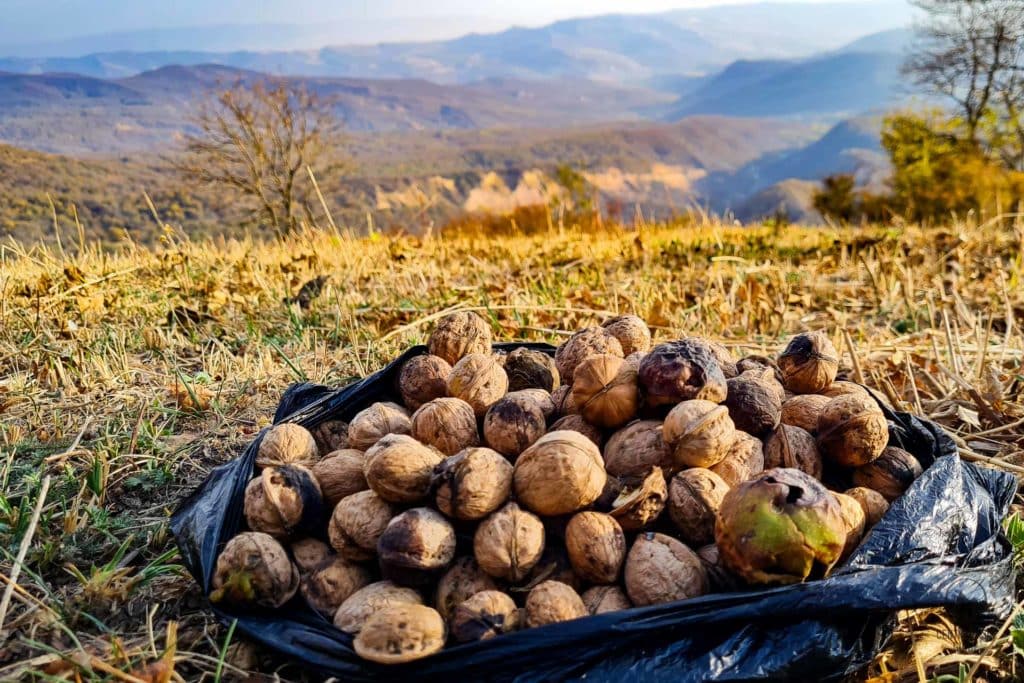
Things to do in Arslanbob:
- Hike through the largest natural walnut forests in the world. If you want to reach the Large waterfall or do hiking otherwise, remember to bring good shoes. In the wet places rocks and soil can be really slippery.
- Visit the small and big waterfalls of Arslanbob
- Experience the natural village life while exploring the area and relax your mind
- Experience Kyrgyz homestay and the local culture revolving around the offerings of the forests
- Collect walnuts or wild fruits in the autumn time
- Try horse riding
- Purchase walnut made products
- Ski in Arslanbob (no lifts, only backcountry skiing)
Sights & destinations near Arslanbob
Page updated 2.9.2022